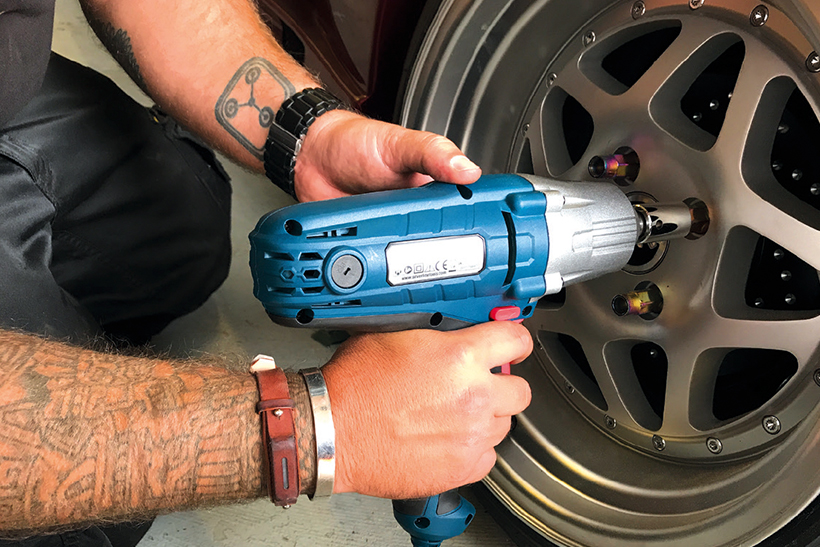If there’s one cordless tool you need in your collection, it’s an impact wrench. Keep reading this cordless impact wrench guide to find out exactly why that is…
While there’s countless manual hand tools and even electrical corded tools that D.I.Y. mechanics consider vital, most cordless tools are a luxury. There’s one big exception to the rule when it comes to automotive use though, and that’s a cordless impact wrench. Being able to grab an impact wrench to remove stubborn fasteners, or even to quickly remove wheels, really is a massive help when working on cars.
While their functions are all basically the same, cordless impact wrenches have wildly varying capabilities and weights, and this feature will give you the info you need to make the right decision when choosing a cordless impact wrench to buy.
Cordless Impact Wrench Guide
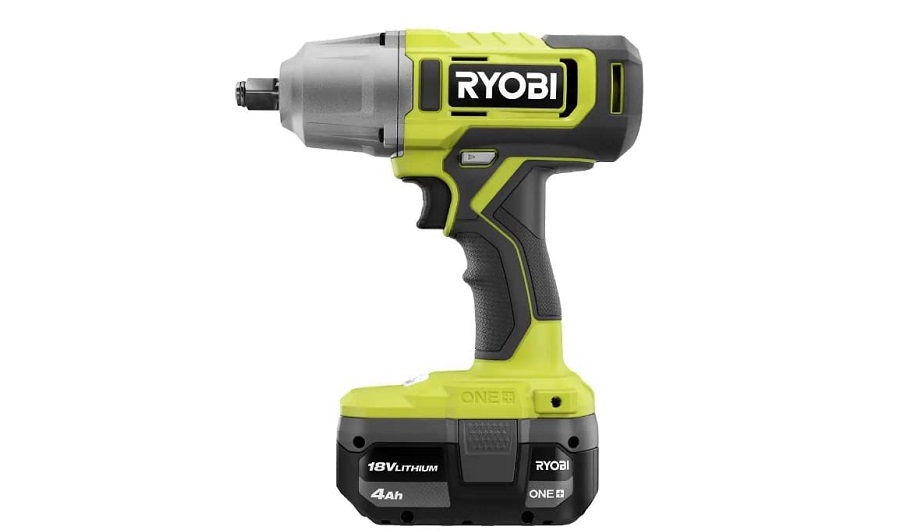
What is a Cordless Impact Wrench?
A cordless impact wrench is an electrically powered socket wrench that works by delivering sudden and high torque impact movement as it turns. This impact style, rather than a constant twisting torque, increases the chances of removing stubborn nuts and bolts without damaging or indeed snapping them. While they are available in a variety of sizes, they are by far the most common for use with ½” sockets, and just like normal socket wrenches, they are reversible.
The most common use for an impact wrench is to quickly remove and refit wheel nuts and bolts, but in reality any stubborn nut or bolt is an ideal candidate for use of an impact wrench. Another common use is on things like flywheels and crank pulleys where the item the fastener is attached to can rotate. In either of those scenarios, an impact style tool like this makes the job far easier than with something that delivers a constant turning force.
If you’re looking to add a cordless impact wrench to your arsenal, consider something like the Ryobi ONE+ wrench, which is a quality product that won’t break the bank like some higher end alternatives. Check out price comparisons below:
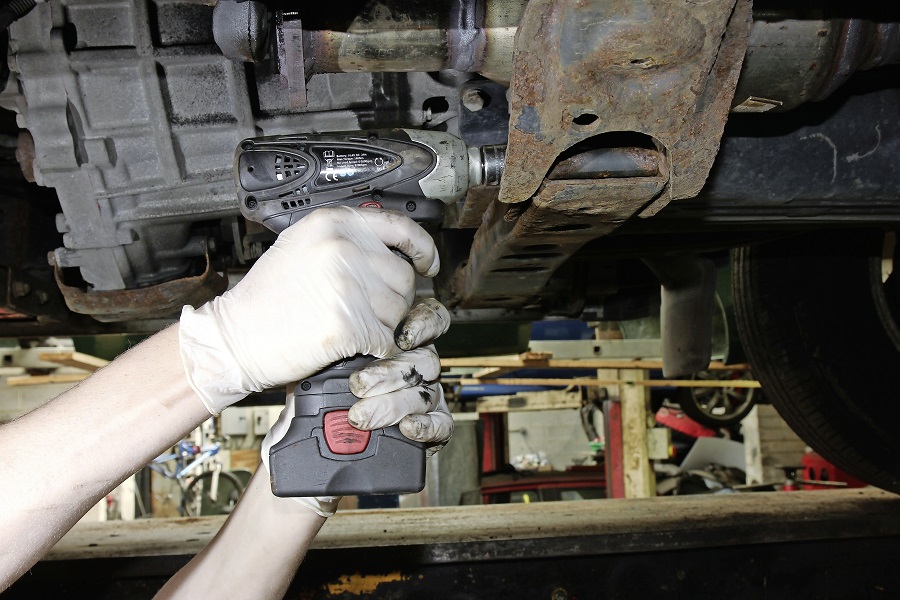
Torque rating
If removing particularly stubborn fasteners is your number one reason for purchase, a high torque rating is very important. All manufacturers will listed a torque rating, and while that’s not always 100% accurate, and getting information from an independent test would be best, these will still be a good indication of the capability.
If you want one simply for speeding up processes like the removal and refitting of wheels (whereby you use a manual breaker bar or torque wrench for the initial break loose and final tightening), torque rating is less important. But, of course, it is still a useful thing to have.
Adjustable torque
As good as high torque is, too much torque, especially when tightening fasteners, can lead to disastrous results of stripped threads or snapped bolts and studs. Because of this, many cordless impact wrenches have adjustable torque settings which can make life a lot safer, with some even having a specific setting of 120nm for wheel nuts/bolts.
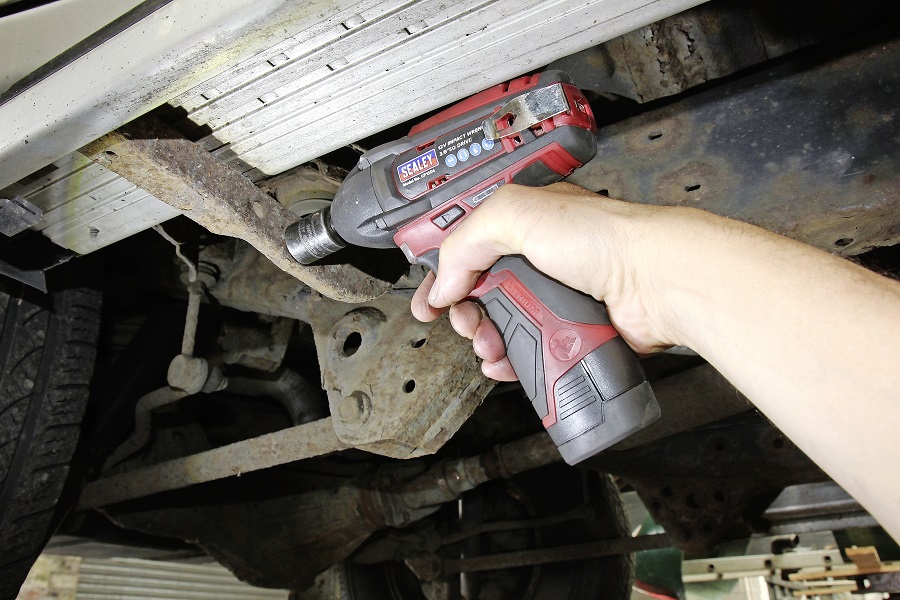
Size and weight
Thanks to improvements in battery and motor technology, cordless impact wrenches are a lot lighter these days, with most now ranging between 1.5kg and 2.5kg. That may sound similar, but you can certainly feel the difference between them; especially when the majority of weight tends to be at the bottom where the battery pack is mounted.
Size can vary around 25% between different models too, from under 150mm to over 200mm, which again may not seem huge, but can often make the difference between something being usable and not in tight spaces.
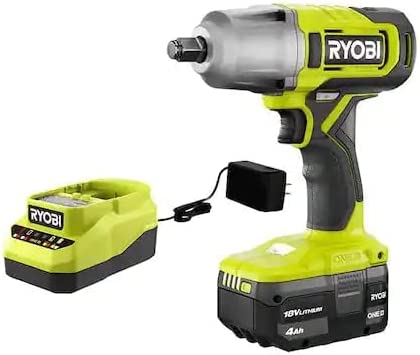
Battery and charger
With all modern cordless impact wrenches using lithium batteries, they tend to charge quickly and last a good amount of time between charges, and with many coming with two batteries as standard you should have little issue even with very frequent use.
Manufacturers rate battery capacity on these in Ah or Amp Hours, and tend to vary between 2Ah and 6Ah. Products rated at 4Ah upwards are the ones to go for, but be aware that sometimes higher rated batteries like 6Ah come with the downside of being larger and heavier.
Words by Stav.

